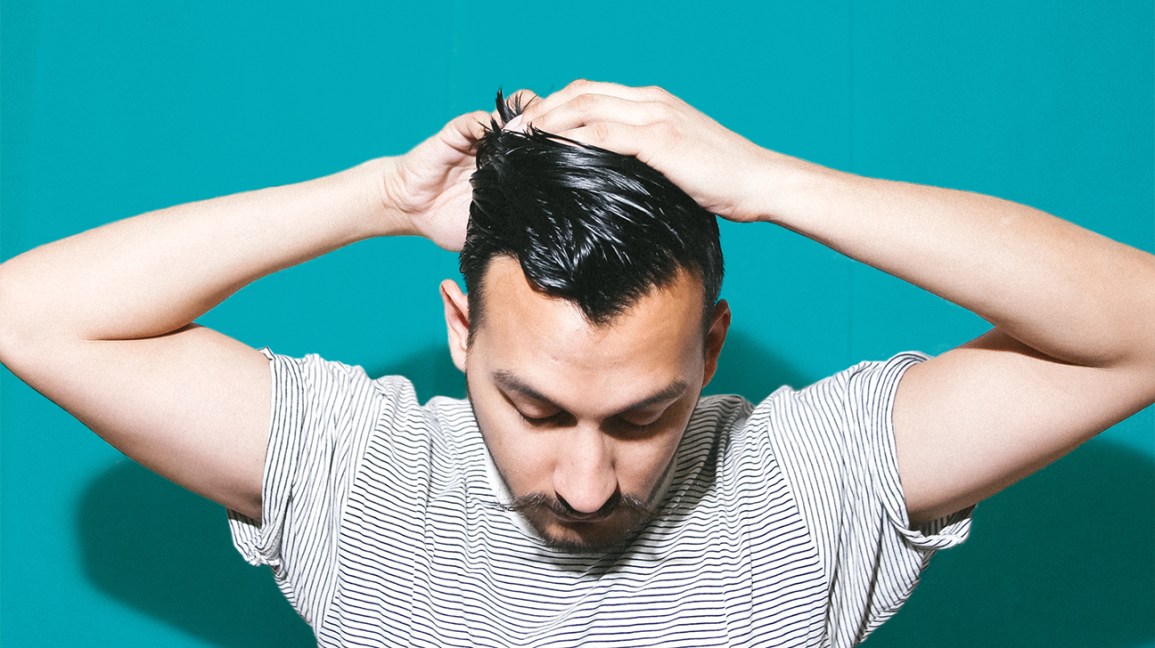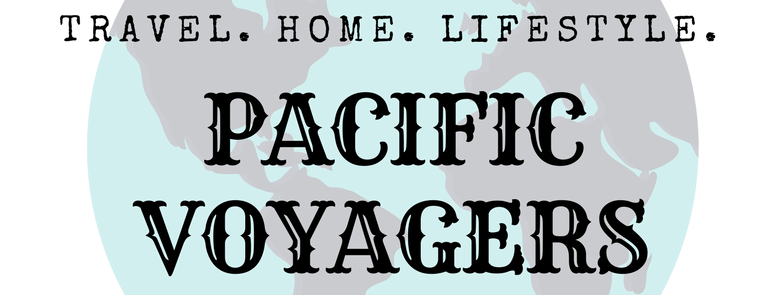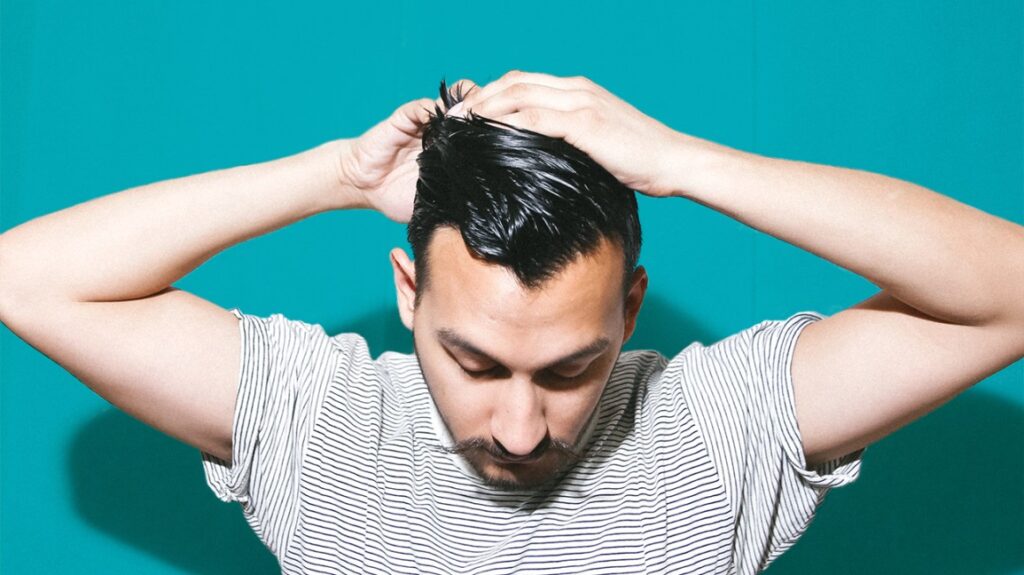
One of the best-known side effects of chemotherapy is hair loss because, although it is a painless side effect, its effects in some patients should not be underestimated, as they make a dent on a psychological level.
Why does hair fall out due to chemotherapy treatment?
Chemotherapy treatment affects all cells in the body, not just cancer cells. It is a very important matter for research to try to avoid its side effects as much as possible. The tissue lining the walls of the mouth and stomach, as well as the hair follicles, are especially sensitive.
In any case, it must be taken into account that these affected cells are normal cells and, over time, this effect will be reversed and the hair will grow back.
First of all, some general considerations
- Not all chemotherapy treatments cause hair loss. Whether the hair falls out, weakens or remains depends on the drugs and the doses that will be used in each case.
- Hair loss may occur as early as the second or third day after the first cycle of chemotherapy, although it may not occur until after the second cycle of chemotherapy.
- It can happen suddenly or slowly.
- The patient loses all the hair or only part of it. It often falls out in clumps instead of following an even pattern.
- It is common for hair that grows on other parts of the body to also fall out, such as eyelashes, eyebrows, and even pubic hair.
- In almost all cases of hair loss caused by chemotherapy, the hair will grow back after the treatments. When this happens, the “new” hair may be a different color or texture.
Wig, scarf or “bareback”?
Faced with the reality of hair loss, patients have various alternatives: get a wig, do nothing, put on scarves or caps. The most important thing is that the person feels well, so there is no single recommended option.
The wigs
Various associations work so that all patients who lose their hair as a result of cancer treatment can have men’s hair pieces, regardless of their economic possibilities (a good quality wig is not “cheap”). In addition, there are some private medical insurance that fully or partially cover the costs of a wig.
When buying a hairpiece, professionals recommend going to a specialized center, since cancer wigs are designed taking into account the sensitivity of the scalp during treatment.
Depending on the raw material used, there are two main types of cancer wigs on the market: natural hair and synthetic hair. Although the price between a natural and a synthetic one can differ a lot, in both cases the sensitivity of the scalp is taken into account and there is the possibility that they be made to measure. And, although natural hair apparently seems less artificial, synthetic ones are becoming better and easier to maintain, which is why they are becoming more and more popular.
All professionals agree that when choosing a custom hair toupee, it is key to assess the comfort of the base and to try it on several times before choosing the one that is most comfortable and flattering.
If you want to make a custom wig, you have to take into account that it can take a few weeks to make and that, in the event that we want one that looks like our original hair, it will be easier for the professional to do it if he sees our hair beforehand that it weakens or falls as a result of the treatment.
If you are a patient and want an oncology wigs:
The tissues
There are many flattering alternatives to the wig such as bandanas, turbans, hats, caps, etc. and there is also the possibility of adding men’s lace hair system to these accessories to simulate the effect of hair.
Buying a suitable scarf or fabric is also not as easy as it seems. If we buy one of cotton that is too thick, in summer we will be very hot. And some materials can cause allergies or redness of the scalp. For this reason, we leave you some options and useful tips to take into account when choosing an oncological scarf:
- It is better that the material of the handkerchief be fine (perspiring) and/or some organic material (no nylon, industrial synthetic fabrics, etc…). Those made of silk, bamboo fibers, or organic cotton is a very good option.
- Best seamless fabrics to avoid unnecessary and annoying chafing. During chemotherapy, irritations and small wounds are totally to be avoided as much as possible.
- By now you probably don’t have a very good face. You are tired, with dark circles under your eyes… have you thought that it is better to opt for cheerful colors and prints instead of sober and dark colors? I’m sure you’ll feel better.






 We are all about travel and lifestyle over here at Pacific Voyagers. I’m Jen and this is my blog, although you will see a lot of posts written by my blogging dream team on topics like travel, life, beauty, home, budgeting and much more.
We are all about travel and lifestyle over here at Pacific Voyagers. I’m Jen and this is my blog, although you will see a lot of posts written by my blogging dream team on topics like travel, life, beauty, home, budgeting and much more.




